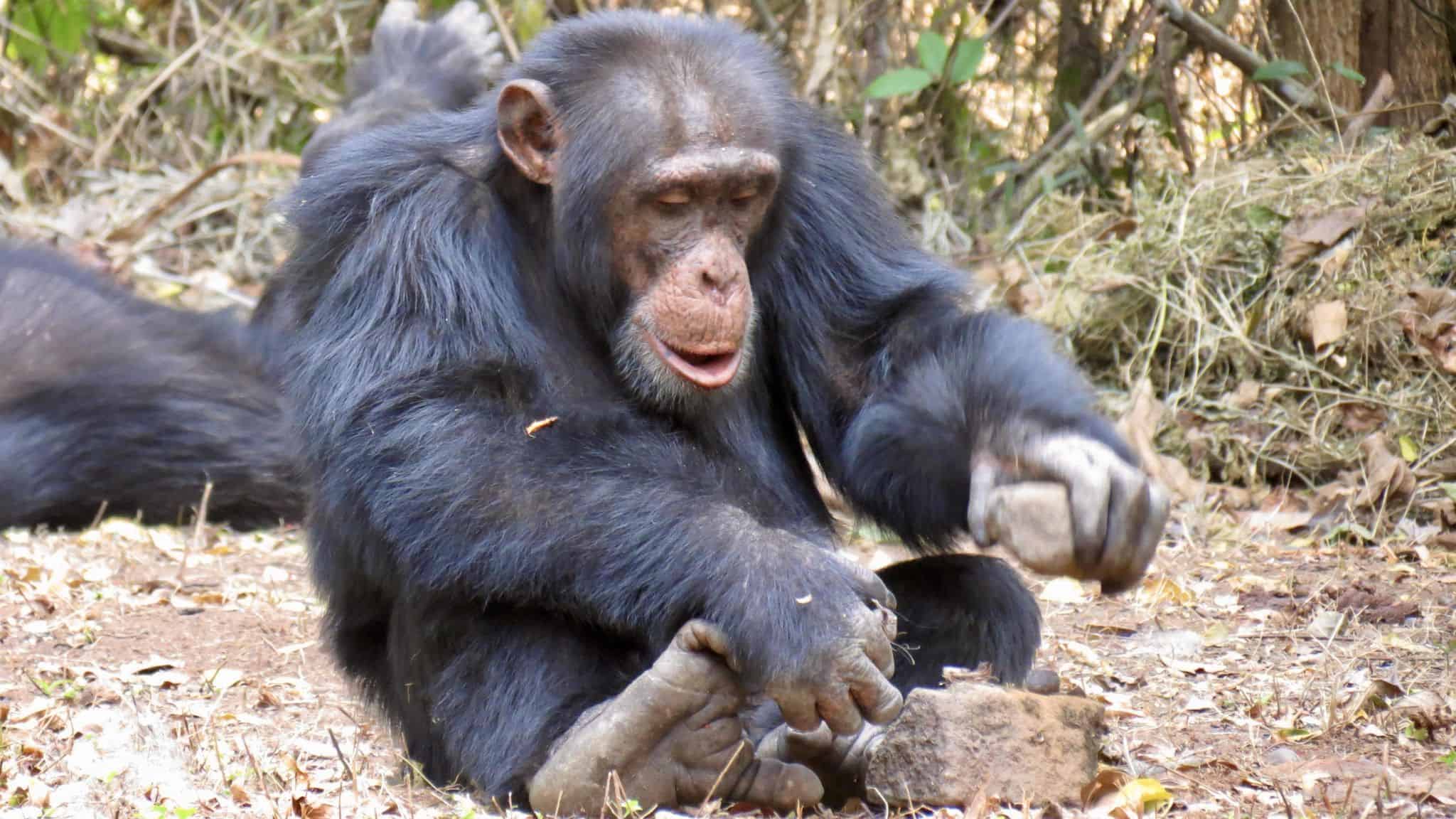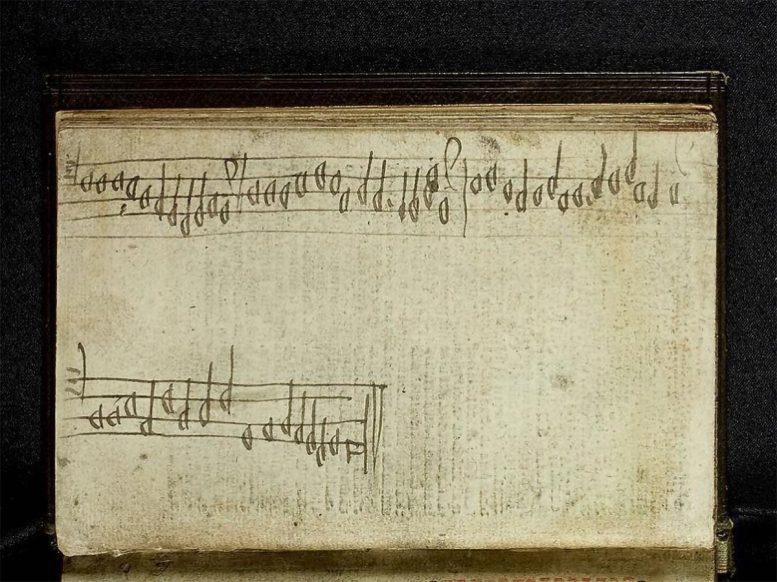
IN GOUGH’S cave in Cheddar Gorge, south-west England, archaeologists have found the remains of at least six individuals. Many of the bones were intentionally broken and the fragments are covered in cut marks, the result of people using stone tools to separate them and remove the flesh. What’s more, 42 per cent of the bone fragments bear human teeth marks. There is little doubt: the people who lived in this cave 14,700 years ago practised cannibalism.
Today, cannibalism is a taboo subject in many societies. We see it as aberrant, as is clear in films such as The Texas Chain Saw Massacre. We associate it with zombies, psychopaths and serial killers like the fictional Hannibal Lecter. Positive stories of cannibals are few and far between. But perhaps it is time for a rethink because, despite our preconceptions, evidence is accumulating that cannibalism was a common human behaviour.
Our ancestors have been eating each other for a million years or more. In fact, it seems that, down the ages, around a fifth of societies have practised cannibalism. While some of this people-eating may have been done simply to survive, in many cases, the reasons look more complex. In places like Gough’s cave, for example, consuming the bodies of the dead seems to have been part of a funerary ritual. Far from a monstrous affront to nature, cannibalism may be a way of showing respect and love for the dead, say some archaeologists.
Tales of cannibals can be found throughout human history. In Homer’s Odyssey,…








Leave a Comment